
Stories of the Share4Rare hackathon: helping patients and families to face rare diseases
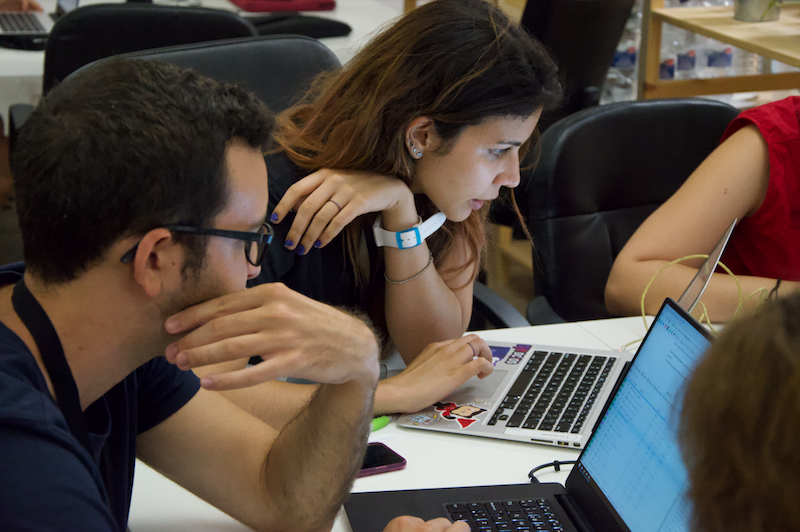
Share4Rare’s first RareHacks hackathon was celebrated on July 5-7th in Barcelona. In total, 45 participants were involved in building an innovative chatbot to solve the challenge regarding the limited access to reliable medical information. Specifically, the exercise was focused in paediatric melanoma, an ultra-rare condition with an extremely low prevalence that differs significantly from the adult disease.
In total, 6 teams completed the process. The teams coded, pitched and demoed their chatbot to five judges: Samir Kanaan from Universitat Politècnica de Catalunya (UPC), Begonya Nafria from Fundació Sant Joan de Déu, Xavier Escoté and Salvador Cuadras from Deister software and Alexandre Perera from Universitat Politècnica de Catalunya.
The event was organized by UPC, one of Share4Rare’s consortium partners. Participants started Friday morning after receiving a series of motivating and tech talks aimed to gain a deeper understanding of the chosen disease. Dani Tost from UPC kicked the hackathon off with a welcome talk about biomedical engineering. Begonya Nafria, as the coordinator of Share4Rare, introduced the aim of the project. Additionally, other presentations offered instructions to the RareHacks participants and the patients’ perspective was brought to the table by Bettina Ryll, chair of Melanoma Patient Network Europe.
Friday afternoon was for team building and idea pitching. Then, all teams worked until late to set up structures, scrap information, and build on the foundations of their own chatbot, iterating and pivoting throughout the process. Although all teams used Python for their chatbot, several teams changed their plans at least once during the days.
In the end, it is people who apply technology to create a better world for all of us. Although the challenge was the same, the different teams of RareHacks created unique chatbots focusing on diverse perspectives and using different approaches.
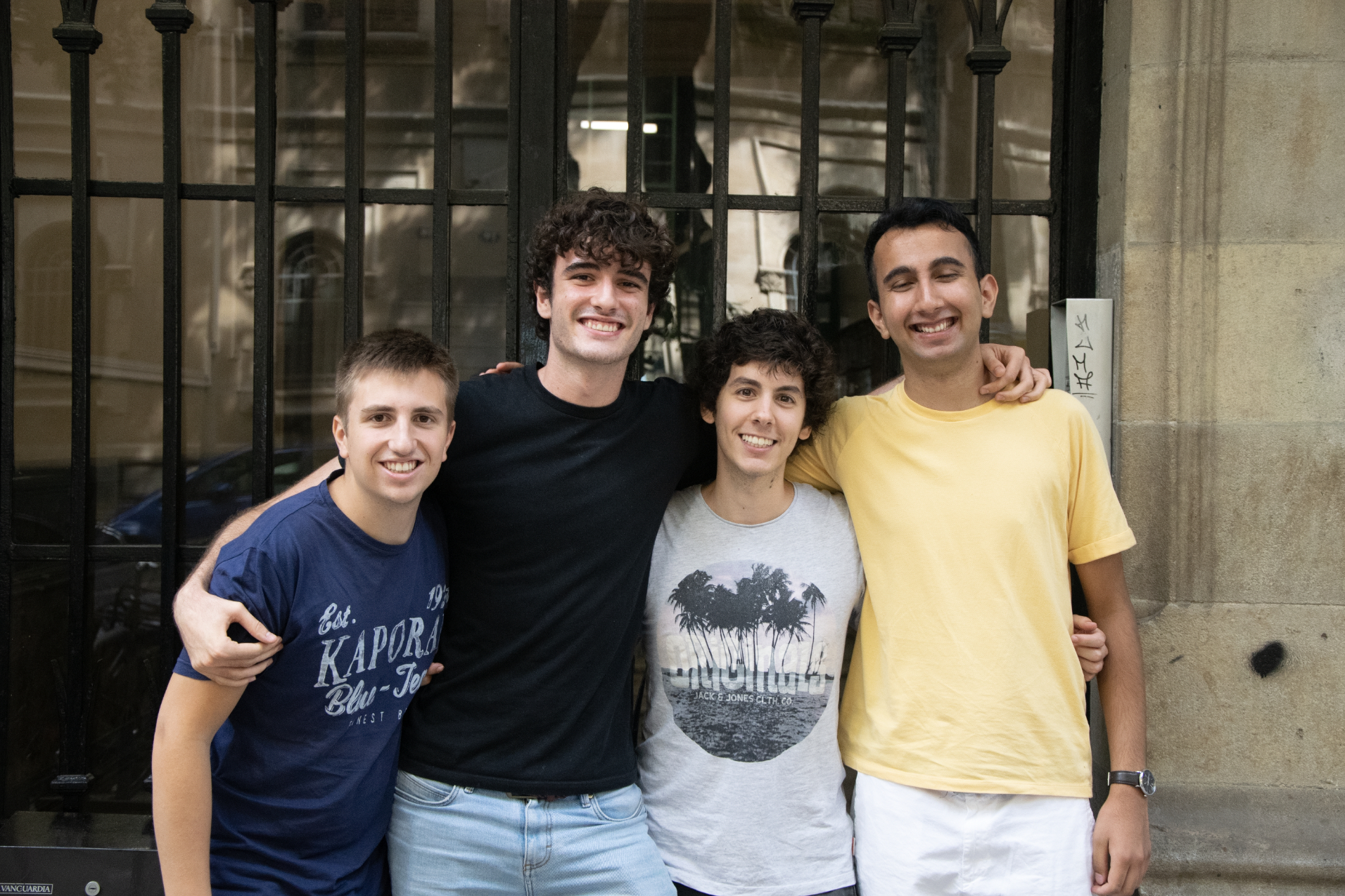
Team 1 approached the challenge from a different perspective as the other teams and presented a modular approach, which was oriented to families. They used Python to create a chatbot for Telegram, which employed the asker with relevant links to sources and medical studies.
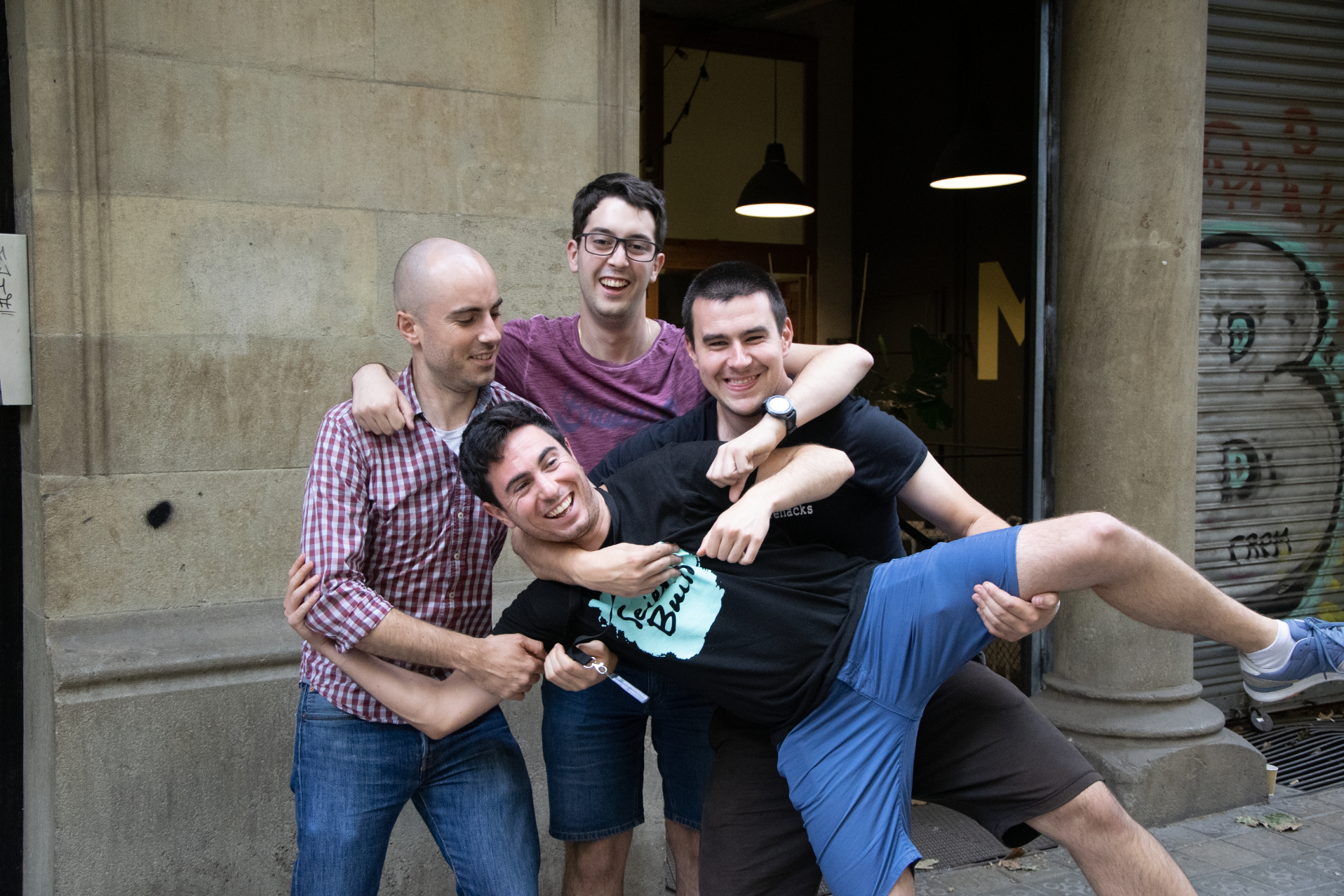
Team 2 also used the Telegram interface, including BERT (a language model) in their engine to pre-train language representations from the interactions between computers and humans using Natural Language Processing.
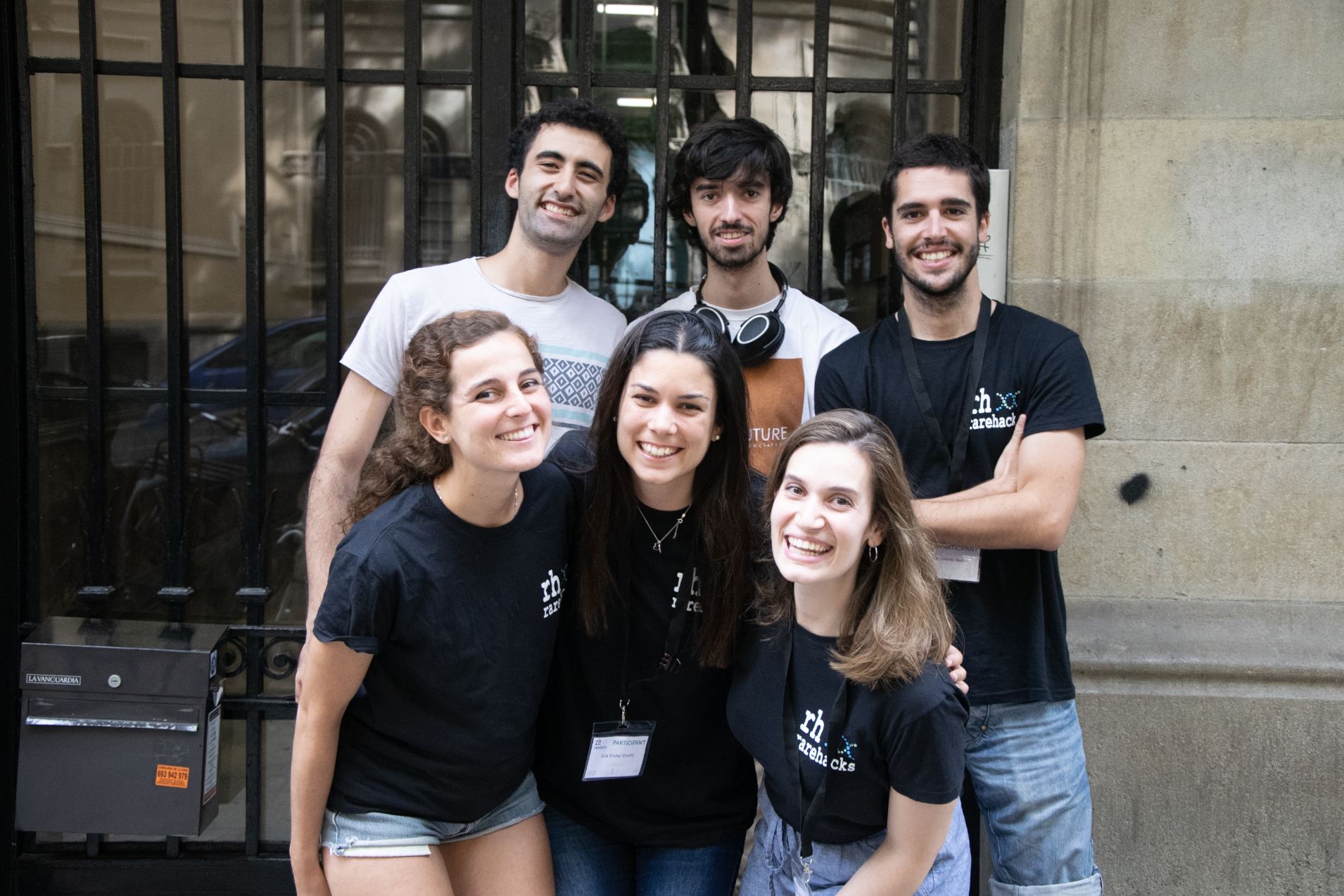
Team 3 presented a support tool which can provide both specific and more in-depth answers, depending on the type of melanoma. Extracting keywords, the chatbot searched in the database to provide an answer. They also added location so the user could find specialized hospitals nearby.
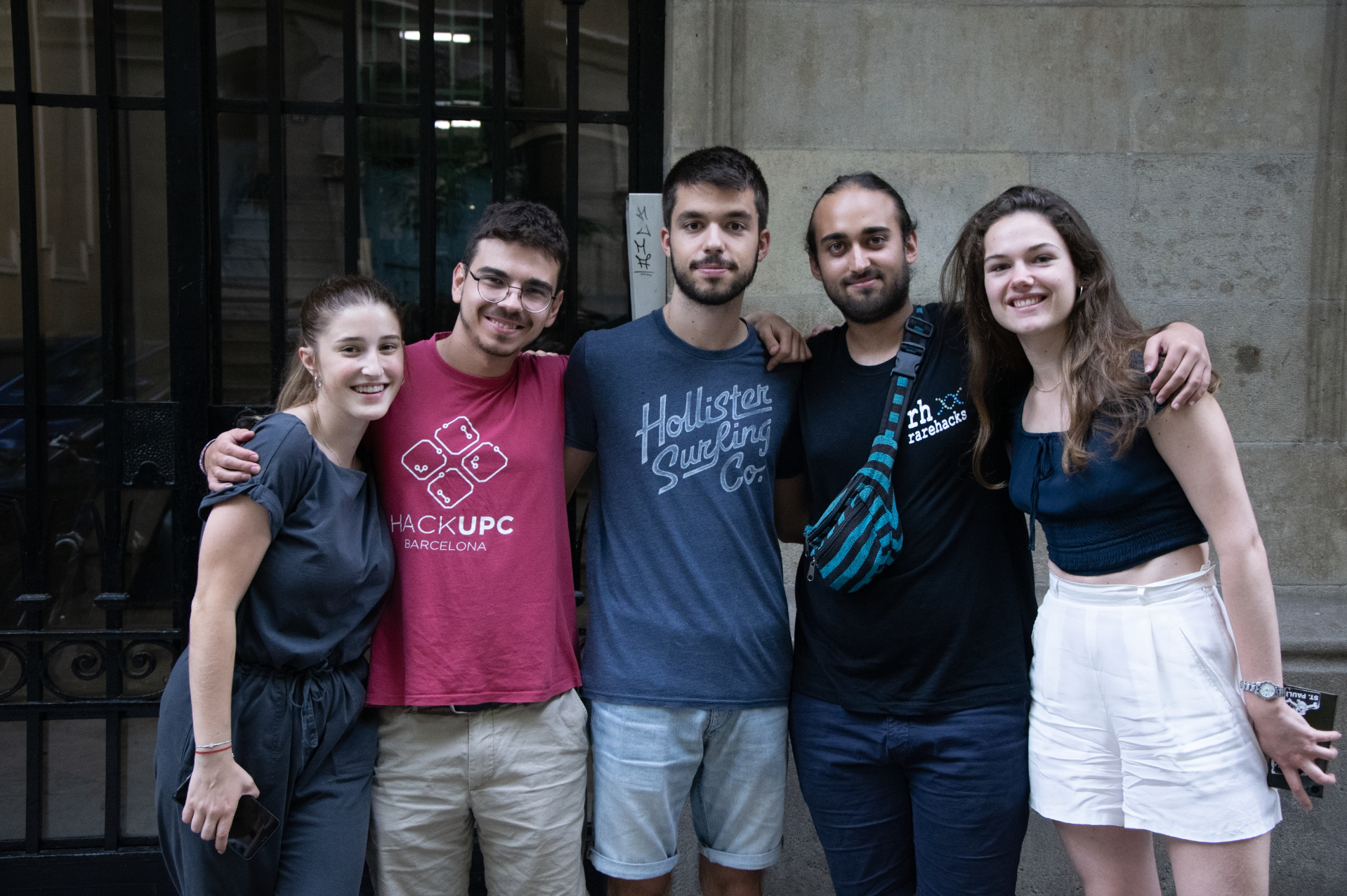
Team 4 built a chatbot that provides the user with the nearest certified centre or hospital. They added translation capabilities, so the user can interact with the bot in any language, even though the system is trained with English texts since this provided the largest documentation.
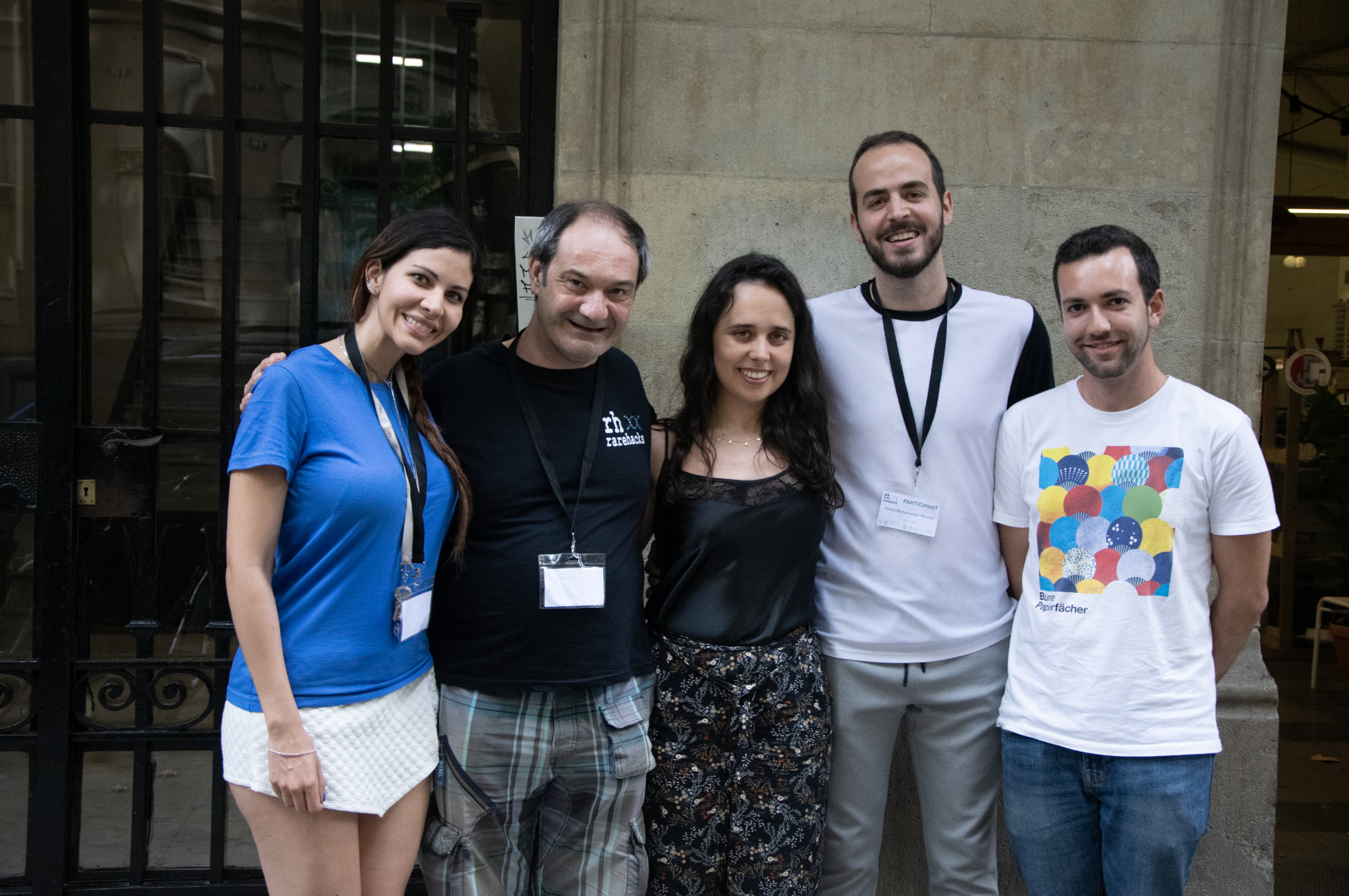
Team 5 chose to focus on a patient-oriented chatbot that provided links to clinical trials. They decided this scope after visiting the clinicaltrials.gov website and concluding that the search mechanism could be very confusing.
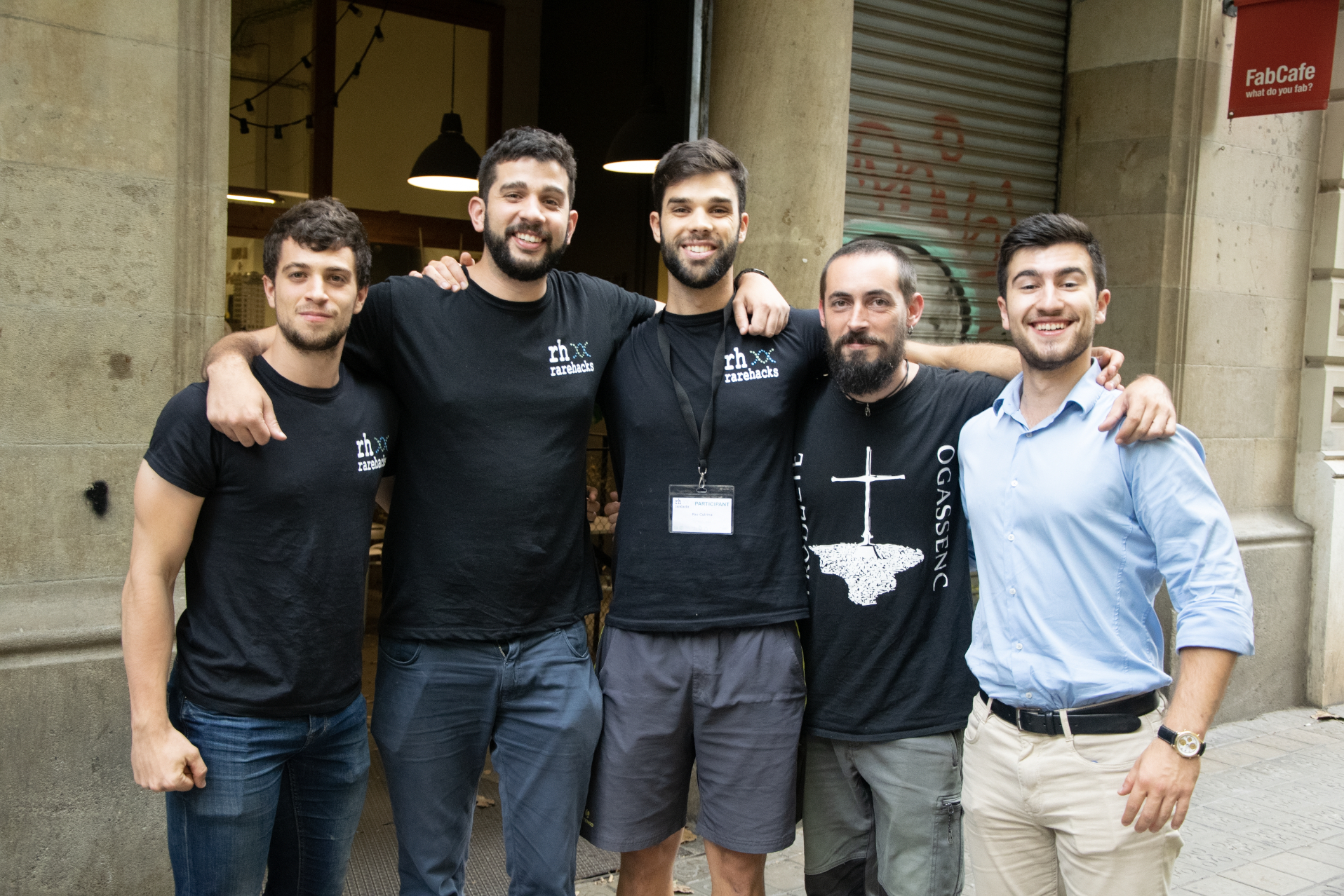
Team 6 used a dynamic called web scraping. With this, there is no need for a doctor to label the database since they use the already existing labelled database. They planned a scalable solution that updates by itself and flexible to other diseases.
The first prize was won by Sergi del Río, Celia Sanchez, Lucía Chacón, David Pujol and Oriol Aranda from Team 4. The winning team was awarded 1,500 €, sponsored by Deister Software. All insights from this hackathon will be analyzed and incorporated to improve the user experience of the tools related to the access to curated and validated information about rare diseases.
